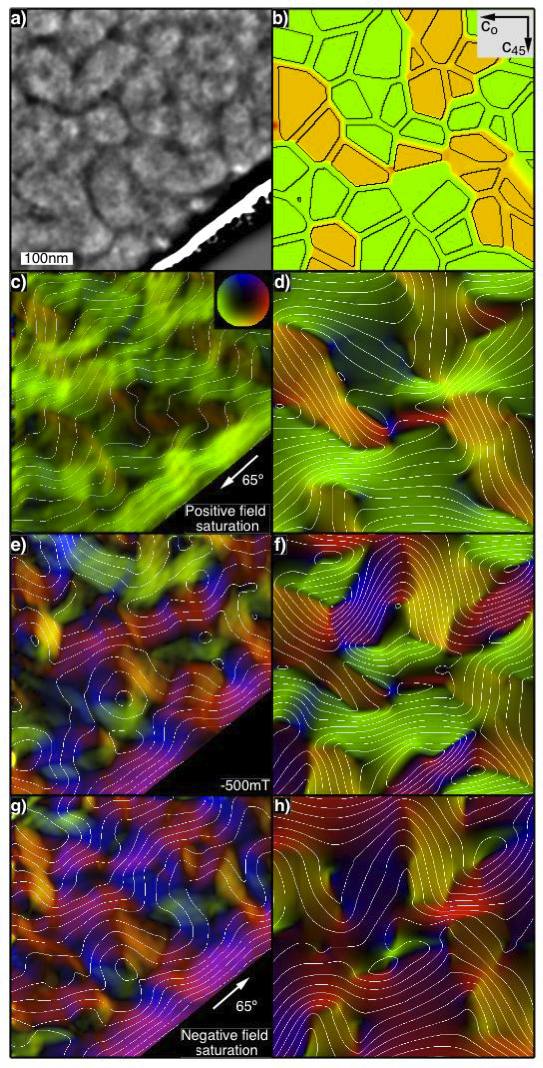Positive news from ALS
As we approach the Christmas break, some positive news from PhD student James Bryson, who is currently enjoying a post AGU trip to the Advanced Light Source in Berkeley, California. In collaboration with our colleague Simon Redfern, James is attempting to test out a new form of lensless X-ray imaging to view the nanomagnetic structure of Fe-Ni meteorites. This new method, called ‘ptychography‘ (pronounced tie-cog-ra-fee!) allows images to be formed that go far beyond the current spatial resolution limit of X-ray imaging methods (normally around 30 nm at best).
Like holography, ptychography measures the phase and amplitude of a scattered wave. Unlike holography, however, it does not require a reference wave – the object itself acts as its own diffracting reference. An area of illumination (which in the case of X-ray imaging at ALS is a 60 nm X-ray spot formed by a zone plate) is used to form a diffraction pattern. The sample is then rastered across the beam in 50 nm steps, so that each diffraction pattern is obtained from an area of the specimen which overlaps with an area of specimen previously illuminated. This introduces a large degree of redundancy in the data, which is used to solve the phase problem (i.e. to calculate the phase of the diffraction patterns). This lensless method creates aberration-free absolute phase images at a resolution determined by the effective numerical aperture dictated by the angle subtended by the detector at the object plane.
(explanation of the method adapted from Ultimate Microscopy)
Preliminary news from ALS is that images with resolution around 7 nm are being obtained! If true (we’ll have to wait to the new year for a full analysis) this will allow us to image directly the magnetisation of the island and matrix phases of the cloudy zone – an exciting new step for Nanopaleomagnetism!



